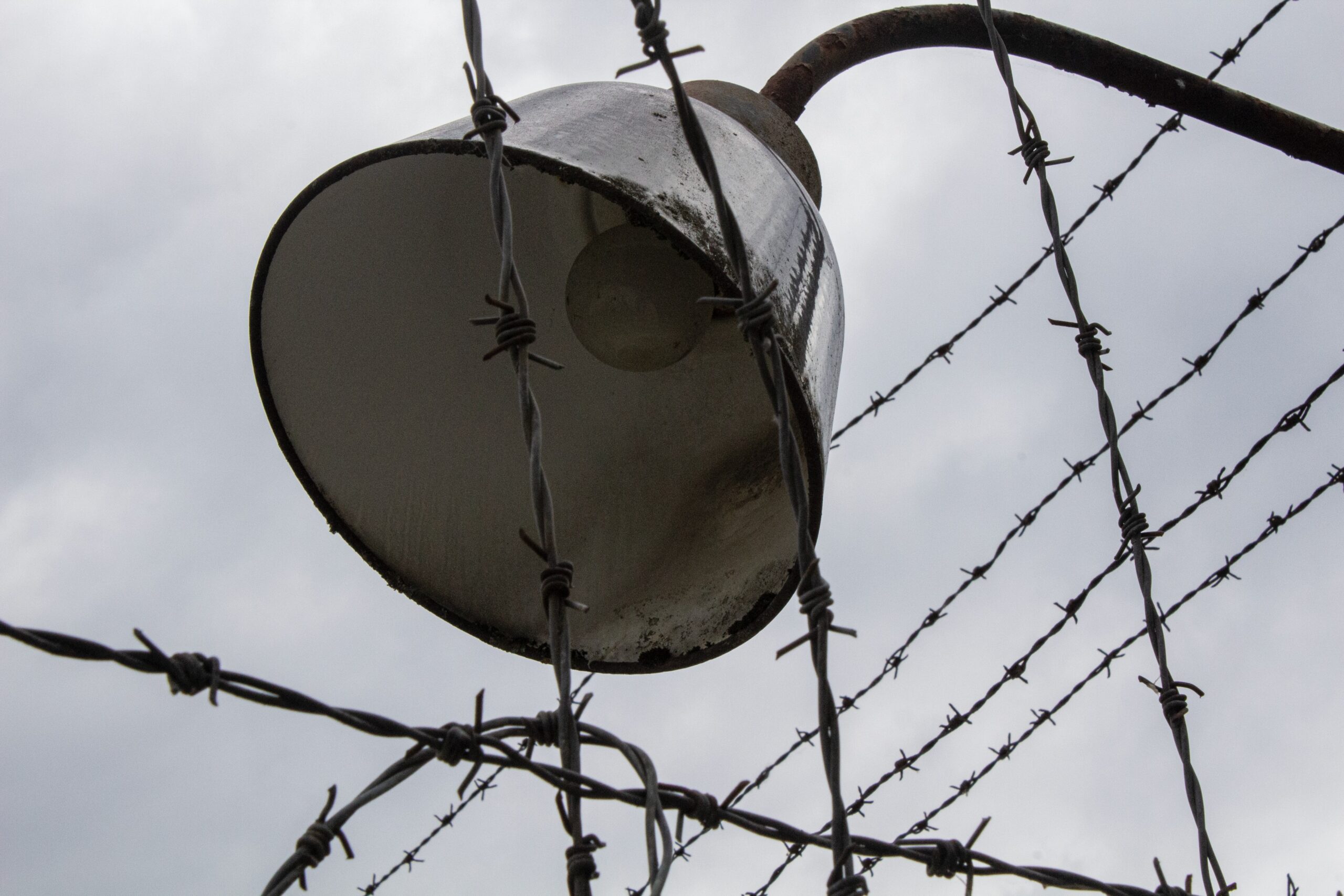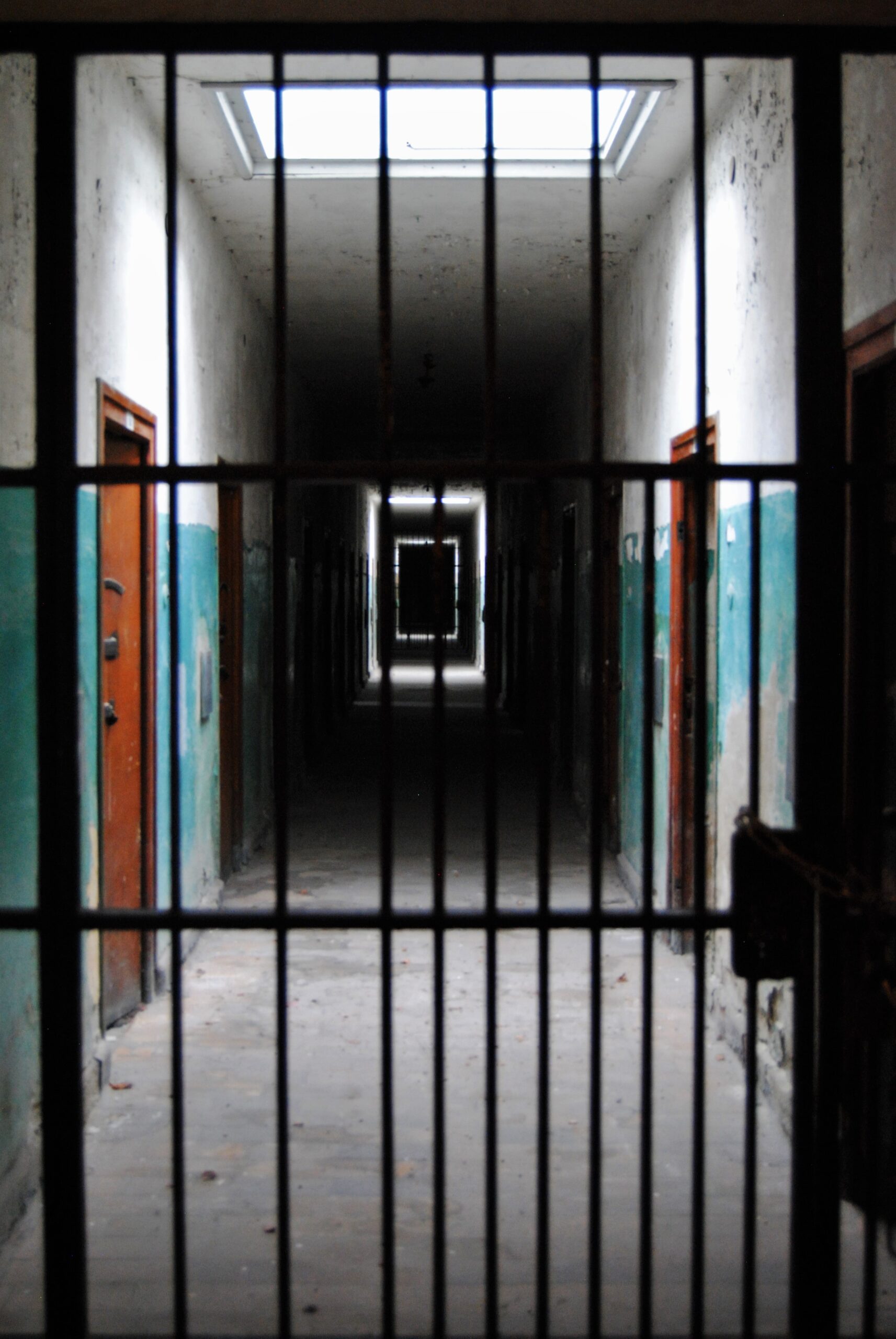Scars on the Healthy Body of the Nation
Tomić’s artistic work builds on from her most well-known and famous video installation, made at the end of the 1990s, I am Milica Tomić. It explores the violence and divisiveness of national identities on her own body. In the video, we see the artist repeatedly stating her name and assigning herself a new nationality, as for example: “I am Milica Tomić. I am Swedish.” or “I am Milica Tomić. I am Korean.”. With each of these statements, a new cut appears on her body that is increasingly covered in blood. Commenting on her video, Tomić describes how, during the late 1980s, in Serbia and Yugoslavia, ethnicity was increasingly promoted as an almost ‘biologically’ determined collective identity — if you as an Orthodox Serb did not subscribe to this identity, you were considered an “open wound on the healthy body of the community”. After refusing to comply with this state-imposed identity ‘ultimatum’, Tomić decided to “speak … from the position of the wound”. She amplified this in her video by portraying her own nationality as arbitrary and not determined by birth, preferring her wounded and scarred body instead of the healthy-looking, almost pristine, body that we see at the beginning of the video. This critical approach to the imposition of a national identity is again mirrored in her approach towards the construction of a memorial, where she rejects the idea of a pure and ‘healthy’ collective identity and instead focuses on representing individuals that do or cannot meet these requirements and have become the actual victims of the belief in a biologically determined national collective.
When searching for ways to commemorate the victims of the wars, Tomić, in her solo projects, regularly turns to the medium of performance. One of the most significant is the intervention One day instead of one night, a burst of machine-gun fire will flash, if light cannot come otherwise (2009), in which she, over a span of two months, visits several sites in Belgrade where, during the Second World War, anti-fascist fighters carried out successful acts of resistance. Dressed in inconspicuous attire and carrying what looks like a normal plastic shopping bag in her left hand, the unusual item drawing attention in this performance is the Kalashnikov in her other hand. It is reminiscent of the resistance against Nazi occupation, which seems to have no prominent place in public memory in Serbia, due to the state omitting it from its hegemonic narrative of the past. Actually, none of the sites Tomić visits is marked with a memorial – hence her intervention is meant to draw attention to them commemorating the Partisan resistance. Once she walks away, the memory of Partisan resistance, in the form of her own bodily presence, disappears and the site is left as it was, with no trace left of the anti-fascist struggle.
In her quest to create a more permanent memorial, the artist resorts to different methods in her collaborative projects, in the context for example of the before-mentioned Grupa Spomenik. An example is the installation Politics of Memory (Monument of Transformation), which was shown at the Prague Biennale in 2007, and, interestingly, revolves around the idea of a “distributive monument” (Arsenijević c. 2009b). The installation was built from numerous booklets containing conversations about the “politics of memory”, which the audience could take home. The “(im)possibility of building a monument” is underscored by the very process around this installation: the monument, an ‘ossified’ object placed in an art venue, indeed slowly dissolves. Instead, it is being ‘distributed’ in the form of transcribed debates that trigger a process of self-analysis in the audience.
Another cross-disciplinary group project initiated by Tomić, Four faces of Omarska, also mobilises various strategies to carry out a ‘collective investigation’. It intends to bring to the surface the painful history of the Omarska camp in Republika Srpska – which has been almost completely erased from public memory — through methods such as research, discussions, and publications. What was once a mine in socialist Yugoslavia, was turned into arguably the most ill-famed concentration camp for Muslims, Croats and political prisoners during the Bosnian war, run by a Bosnian Serbs. Nowadays it has been turned again into a mining complex, with no visible traces of socialist Yugoslavia or the concentration camp that was once located here. Instead, the mine has been privatised, enabling its new owners, the multi-national mining corporation ArcelorMittal, to erase and prevent the commemoration of its socialist past and its function as a concentration camp during the recent war, blocking any such initiative as unwanted interference in its operation of the mine (Tomić 2020). As a result, ArcelorMittal contributes to the politics of denial in Republika Srpska by refusing a mourning community access and the right to build a memorial or commemorate their victims (Schuppli 2012). At the same time, ArcelorMittal is complicit in promoting the mainstream Serb narrative by allowing film producers from Republika Srpska and Serbia to shoot a historical ethno-blockbuster here, glorifying the Serbian past with no reference whatsoever to the recent atrocities.
As Milica Tomić’s work suggests, there are ways to create alternative memorials, they simply need to take a different shape than the ones that are proposed by the authorities. It requires a more in-depth, persistent confrontation with the past and one’s own responsibilities, which an ossified monument erected by a state that promotes a narrative of denial can never ensure. By using her body, the artist is in control of the narrative and the perspective conveyed by this type of ‘memorial’. Creating a space for dialogue on a past that would be otherwise omitted, educating themselves, as well as others, through forms of collaborative research, and sharing their acquired knowledge on online platforms, Tomić and her collaborators find more truthful ways of remembering the victims, building alternative memorials of their own.
Tomić, M. Website: https://milicatomic.wordpress.com/
Arsenijević, D., Bezić, A., Husanović, J., Petrović, J., Stojanović, B., Tomić, M. (c. 2009b). Timeline. Grupa Spomenik / Monument Group [online]. Available from: https://grupaspomenik.wordpress.com/timeline/ [accessed 5 December 2022].
Dortmunder U – Centre for Art and Creativity. (2010). TRUST. Dortmund, Dortmunder U – Centre for Art and Creativity. Available from: http://www.isea-archives.org/docs/2010/catalogue/ISEA2010_TRUST-exhibition_catalogue.pdf [accessed 4 December 2022].
e-flux, Het Nieuwe Instituut. (2020). Monument [online]. e-flux, Het Nieuwe Instituut. Availa ble from: https://radar.lboro.ac.uk/events/four-faces-of-omarska-open-video-sequence-public-montage-1/ [accessed 4 December 2022].
Schuppli, S. (2012). A memorial in exile in London’s Olympics: orbits of responsibility [online], 2 July. Available from: https://www.opendemocracy.net/en/memorial-in-exile-in-londons-olympics-orbits-of-responsibility/ [accessed 5 December 2022].
Tomić, M. (2020). Monument [online]. e-flux, Het Nieuwe Instituut. Available from: https://www.e-flux.com/architecture/monument/360744/four-faces-of-omarska-open-video-sequence/ [accessed 3 December 2022].
XYCrime. (2010). I am Milica Tomic. Available from: https://www.youtube.com/watch?v=b1kagFMbQ5k [accessed 3 December 2022].

